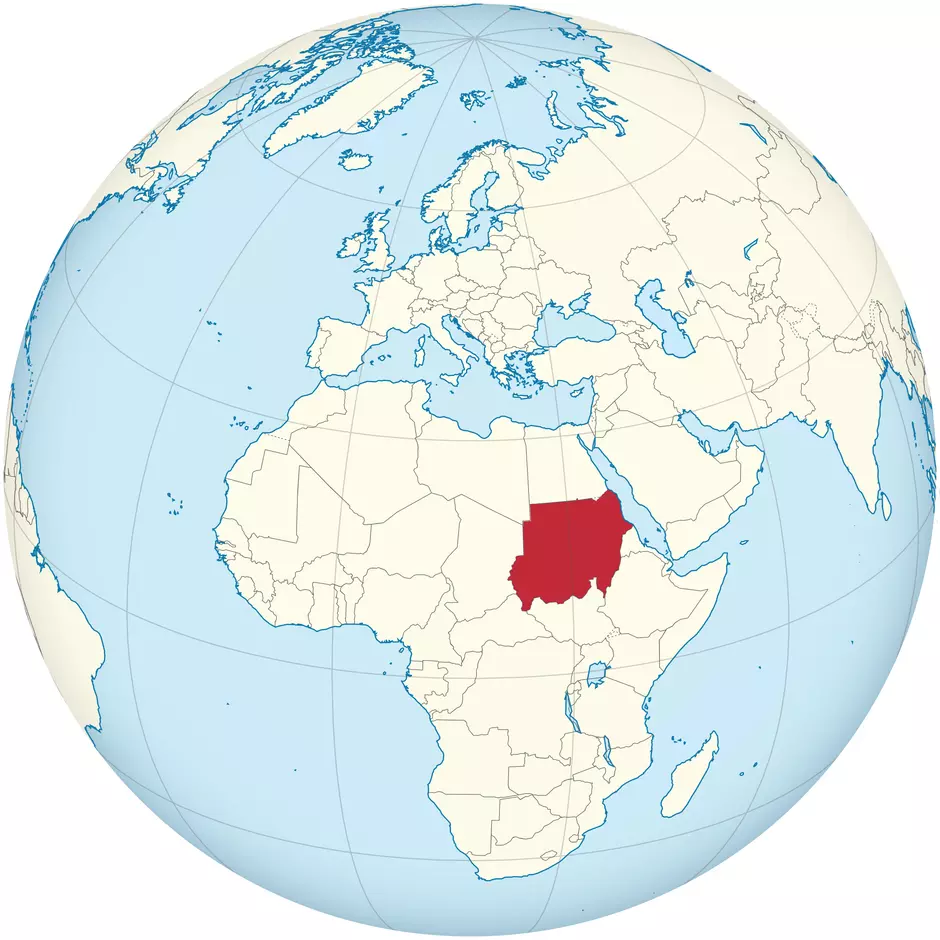Since the cholera epidemic began in Sudan in August 2024, over 96,700 suspected cases and 2,400 deaths have been reported across the country (1). Although the actual numbers are likely higher due to persistent surveillance challenges (1). All five Darfur States are affected, with Tawila in North Darfur identified as the epicenter since the first confirmed case on June 21, 2025 (2). In just one month, Tawila has reported nearly 3,000 cases and 31 deaths (3), with children accounting for an estimated 25% of reported cases (2).
In Tawila, limited access to clean drinking water and latrines – especially in overcrowded settings - significantly increases the risk of cholera and other waterborne diseases (3). The outbreak is exacerbated by violent conflict, a weakened health system, and population displacement. Since April of this year, the conflict in North Darfur has intensified, leading to the destruction or closure of health facilities. As a result, access to healthcare is severely limited (2). Fleeing the violence, hundreds of thousands of people have sought refuge in Tawila (2). By July 2025, the town was hosting about 560,000 internally displaced people (IDPs), many living in makeshift shelters with limited access to safe drinking water (1).

Malnutrition is worsening the impact of the crisis (2). Malnourished people, especially children, are at greater risk of severe illness from cholera due to weakened immunity (1). In North Darfur, the number of children suffering from severe acute malnutrition has doubled in the past year (2). Malnutrition levels in Tawila are critically high, particularly among children in new IDP camps (1). Persistent insecurity has also disrupted farming, thereby raising the risk of famine (4).
Response efforts face many challenges, including extreme weather and funding cuts. Heavy rains risk contaminating water points, thereby facilitating cholera transmission. Flooding will also likely obstruct aid delivery as roads become impassable (1). Financial gaps have significantly weakened the cholera response, with reduced funding from major donors including the USA (USAID), France, Germany, and the UK (1). As a result, many organizations have limited supplies and have been forced to halt or scale back operations (2).
Overall, the cholera outbreak in Darfur risks escalating into a full-scale public health catastrophe. Immediate and sustained support from the international community is needed to improve access to clean drinking water, restore health services, and contain the outbreak.
- ACAPS. Sudan - Cholera outbreak in Tawila locality [Internet]. 2025 Aug. Available from: https://reliefweb.int/report/sudan/acaps-briefing-note-sudan-cholera-outbreak-tawila-locality-09-august-2025
- UNICEF. Over 640,000 children under five at risk as cholera spreads in Sudan’s North Darfur State [Internet]. 2025 Aug [cited 2025 Aug 4]. Available from: https://www.unicef.org/press-releases/over-640000-children-under-five-risk-cholera-spreads-sudans-north-darfur-state
- Solidarités International. North Darfur: Cholera Outbreak Adds to the Famine Crisis [Internet]. 2025 Aug. Available from: https://reliefweb.int/report/sudan/north-darfur-cholera-outbreak-adds-famine-crisis
- UNHCR. Cholera outbreak among refugees from Sudan’s Darfur, urgent funding needed [Internet]. 2025 Aug. Available from: https://www.unhcr.org/news/briefing-notes/cholera-outbreak-among-refugees-sudan-s-darfur-urgent-funding-needed
